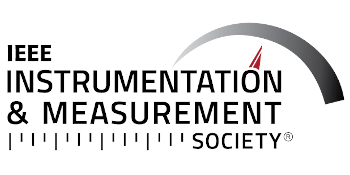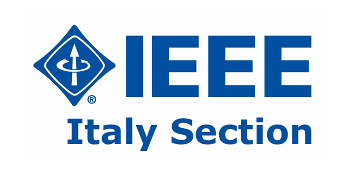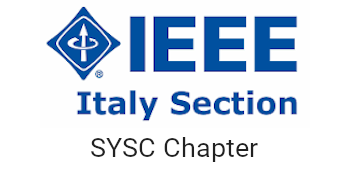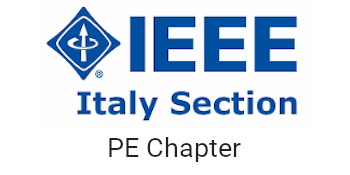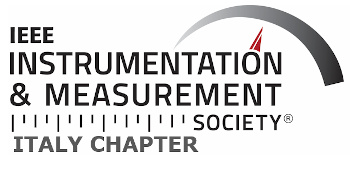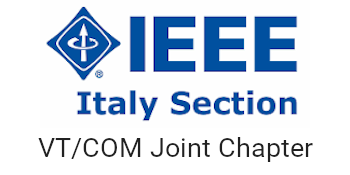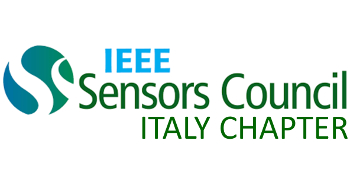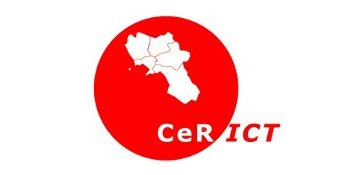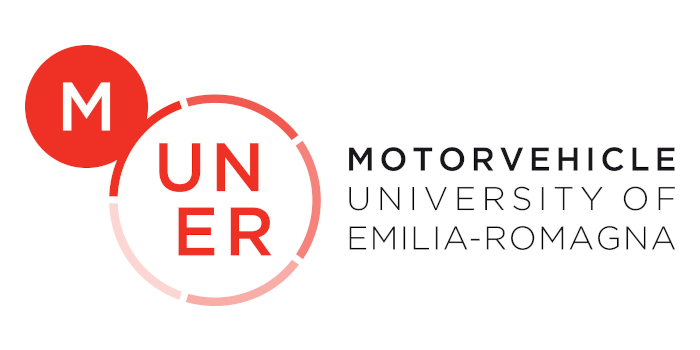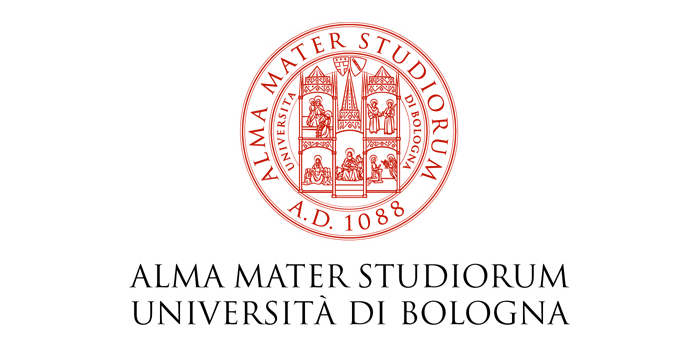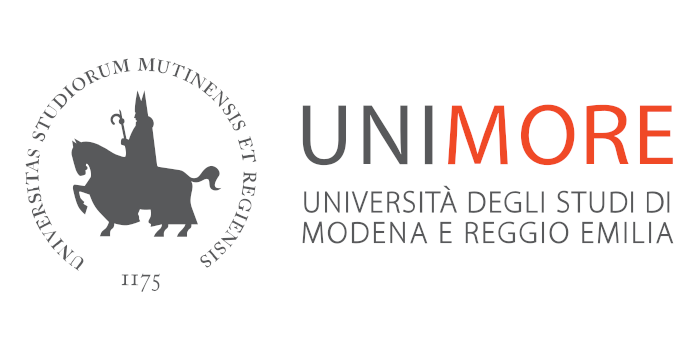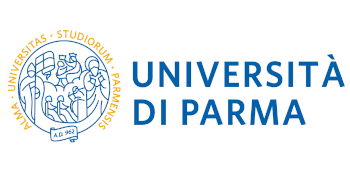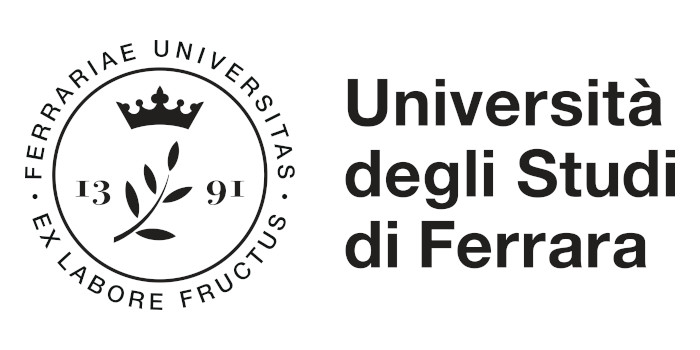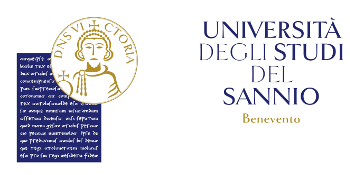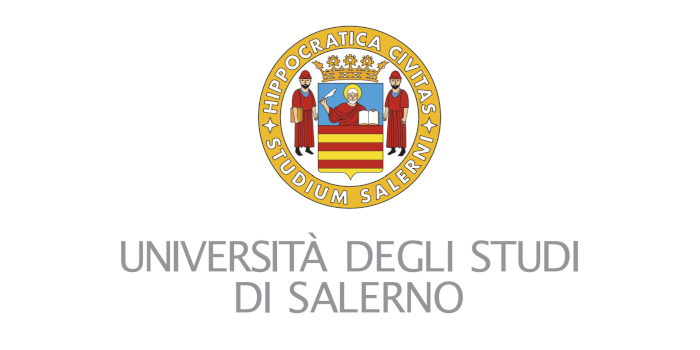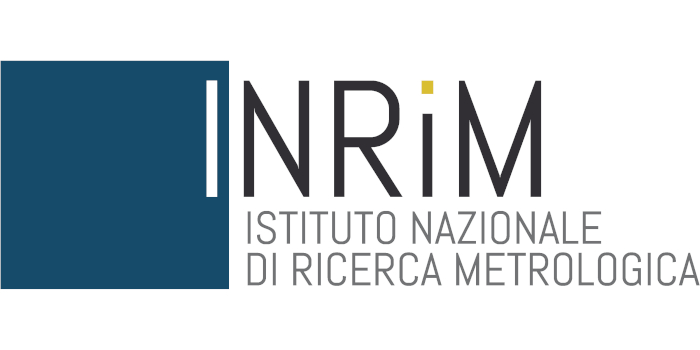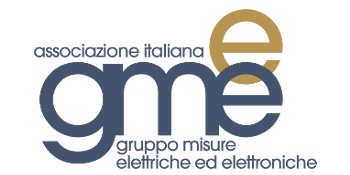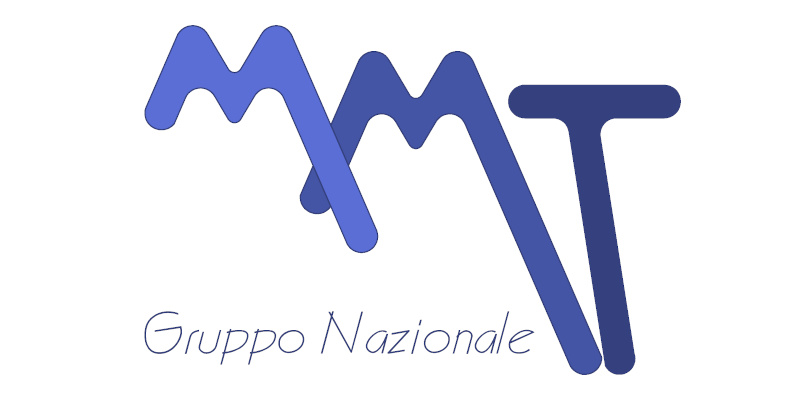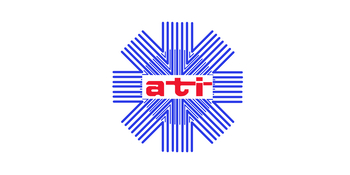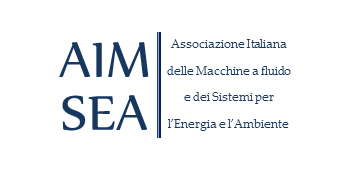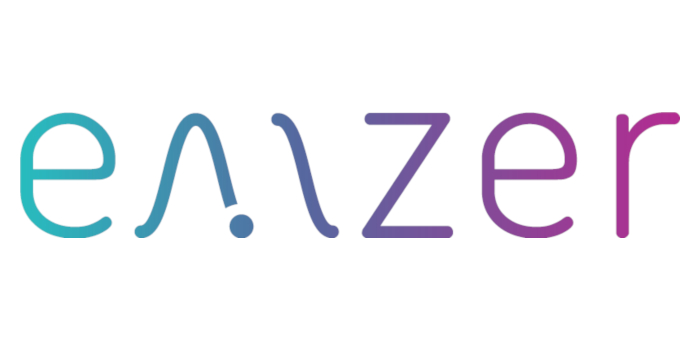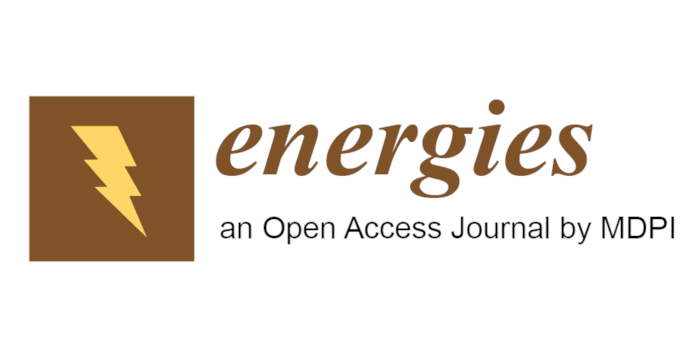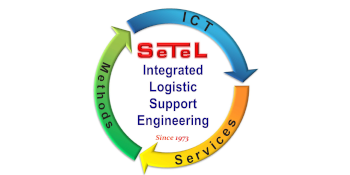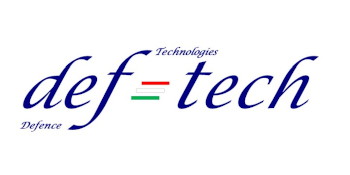Session 1 - Acoustic array measurements for aeroacoustics in automotive
Gianmarco Battista
Università Politecnica delle Marche, Italy
Abstract
Automotive industry is always focused on the acoustic comfort of its products, ranging from utility
vehicles to GT and Sport cars. On one hand, Internal Combustion Engine (ICE), are getting
increasingly quieter, on the other hand, new challenges are rising with the diffusion of Electric
Vehicles (EV). Moreover, the continuous improvement of internal noise in vehicle cabins requires
more and more powerful techniques to reach target performance and improve the quality
perceived by customers.
Single microphone measurements can only provide information about overall level or spectral
content of the noise. Instead, acoustic source mapping with microphone array-based techniques
can accomplish source localization, separation of contributions and quick troubleshooting. Given
the huge number of techniques, variants and possible classifications, it could be tricky for a
newbie user to pick up the best method for a particular application. The knowledge of the basic
concepts about different array designs and acoustic mapping techniques enables the user to
choose the best combination for each use case.
A general overview of acoustic mapping methods will clear up the ideas about pros and cons of
beamforming algorithms, deconvolution techniques and inverse methods. Also, general guidelines
about the choice of suitable microphone array layout will be provided. Practical examples will
show the whole source mapping process and the effect of the most influencing parameters in the
application of these powerful measurement techniques.
Session 2 - Metrology as the basis for accurate and reliable measurements
Alessandro Germak
National Institute of Metrological Research (INRiM), Italy
Abstract
In automotive industry, metrology is involved in all measurements required for the development of a new
model, for the performance verification, for safety and during the normal road use when the electronic
control units (ECUs) have to manage a variety of measurements coming from the on-board sensors.
Temperature, Speed, Pressure, Frequency, Length, Time, Tension, etc., are examples of the several
quantities measured by different sensors that instantaneously must be analysed for providing appropriate
instructions to the actuators for the correct operation of the vehicle and, even more important, for
providing useful information to the driver for safe driving; it is therefore very important that ECUs and
drivers can take correct decisions based on accurate and reliable measurements.
For such purpose, a correct metrological traceability must be ensured: condition required as a basis by the
quality standards for proper management of measurements. The traceability, defined as property of a
measurement result whereby the result can be related to a reference through a documented unbroken
chain of calibrations, each contributing to the measurement uncertainty, links the measurement provided
by the measuring instrument to the International System of Units.
For such purpose, a correct metrological traceability must be ensured: condition required as a basis by the
quality standards for proper management of measurements. The traceability, defined as property of a
measurement result whereby the result can be related to a reference through a documented unbroken
chain of calibrations, each contributing to the measurement uncertainty, links the measurement provided
by the measuring instrument to the International System of Units.
Speaker bio
Alessandro Germak, first technologist at the National Institute of Metrological Research (INRiM) where he has been carrying out research for over thirty years, is responsible for the primary force and hardness national standards and for the primary method for measuring local acceleration of gravity. He is a technical expert for the accreditation bodies for calibration laboratories and member of the international Technical/Consultative Committees and Working Groups (CIPM, EURAMET) for the quantities of interest. Since twenty years, he is adjunct professor at Polytechnic of Torino for Experimental Statistics and Mechanical Measurements course.
Session 3 - Measurement of evaporative emissions and canister adsorption/desorption evaluation techniques
Luca Romagnuolo
University of Naples Federico II - Department of Industrial Engineering
Abstract
Unburned hydrocarbon evaporation from gasoline vehicle fuel tanks has long
been recognized as an important source of pollution. VOCs, that evaporate
from gasoline, are very dangerous for both human health and environment.
Therefore, international regulations on evaporative emissions are becoming
increasingly stringent every year. To deal with these regulations, all modern
gasoline vehicles are equipped with an EVAP system, which commonly consists
of a carbon canister filter, which stores gasoline vapors that later will be
purged by the engine intake manifold and burnt inside the engine cylinder
along with the fresh charge.
Unburned hydrocarbon evaporation from gasoline vehicle fuel tanks has long
been recognized as an important source of pollution. VOCs, that evaporate
from gasoline, are very dangerous for both human health and environment.
Therefore, international regulations on evaporative emissions are becoming
increasingly stringent every year. To deal with these regulations, all modern
gasoline vehicles are equipped with an EVAP system, which commonly consists
of a carbon canister filter, which stores gasoline vapors that later will be
purged by the engine intake manifold and burnt inside the engine cylinder
along with the fresh charge.
A general overview of techniques adopted to study evaporation from gasoline
tanks will be provided, with particular attention to the use of a Sealed Housing
for Evaporative Determinations. Furthermore, an in-depth analysis of the
canister adsorption and desorption behavior will be illustrated, along with
useful indirect techniques adopted for analyzing the canister loading and
purging phases.

